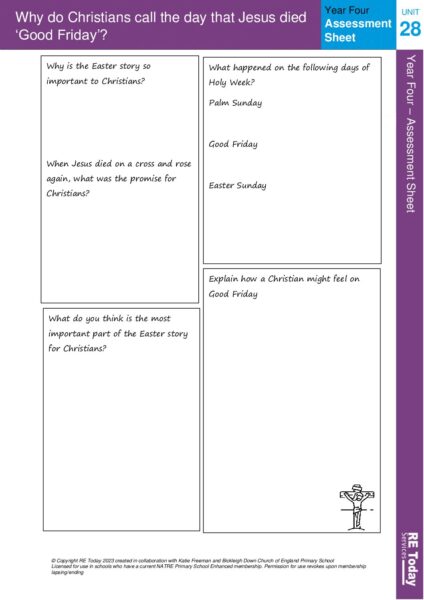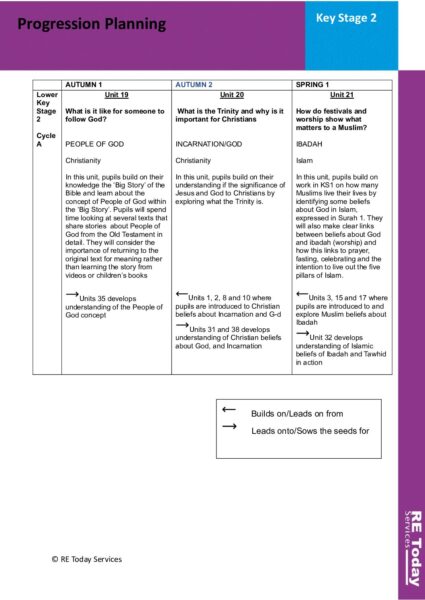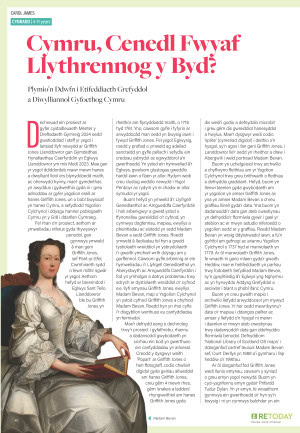Year 4 – Why do Christians call the day that Jesus died “Good Friday”? – Assessment Sheet
About this resource
Year 4 Unit 28, ‚”Why do Christians call the day that Jesus died ‚”Good Friday‚”?‚ helps pupils explore the complex emotions and theological meaning behind Good Friday, one of the most significant events in the Christian calendar. The unit delves into why this day, despite being a remembrance of suffering and death, is seen as ‚”good‚” from a Christian perspective.
Through Bible stories, pupils explore the events of Holy Week, particularly the crucifixion of Jesus, and begin to understand how Christians interpret Jesus‚” death as part of God‚”s plan for salvation. This leads into discussions about the themes of sacrifice, forgiveness, love, and hope, which are central to the Christian faith.
The unit encourages ages pupils to consider how different people reacted to Jesus‚” death‚-his followers, the authorities, and bystanders‚-and what this might reveal about human nature and faith. Pupils also explore symbols, such as the cross, and their importance in Christian belief and worship.
Throughout the unit, children examine how Christians today remember and respond to Good Friday, including services, prayer, and acts of reflection. They investigate the emotional and spiritual responses Christians may have and explore how the crucifixion links to the resurrection celebrated on Easter Sunday.
By the end of the unit, pupils will have gained a deeper understanding of Christian beliefs about Jesus, atonement, and redemption, and can reflect on why these beliefs matter to believers.
This unit supports religious literacy and encourages ages thoughtful engagement with the key question: Why would a day of death be remembered as good?
Member only content - access restricted

You do not have the relevant permission to view this content. If you have an account, please try logging in - or you can sign up today.
Sign up
Please contact support, quoting error code 400/26487/0 if you believe this is an error.











